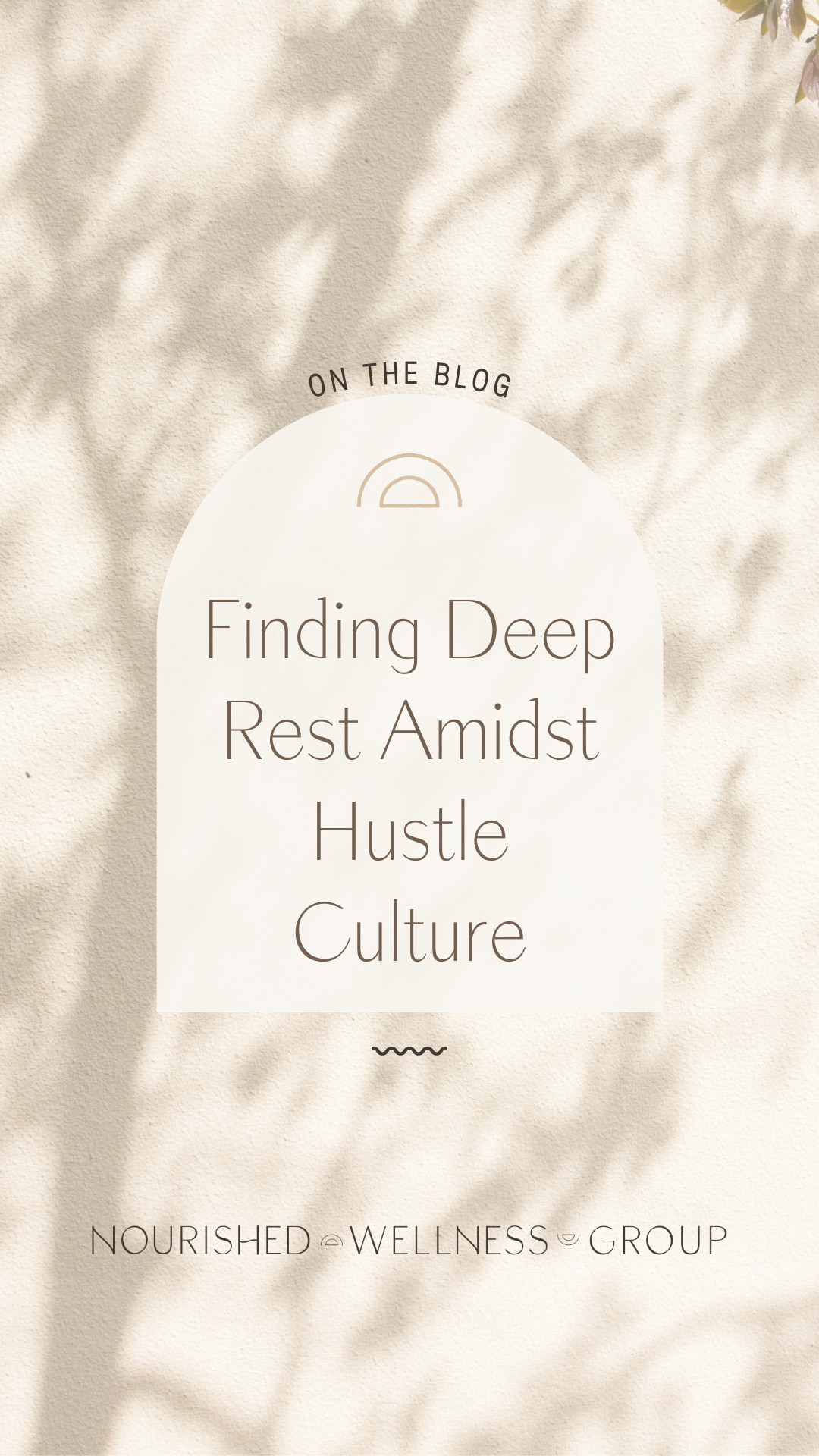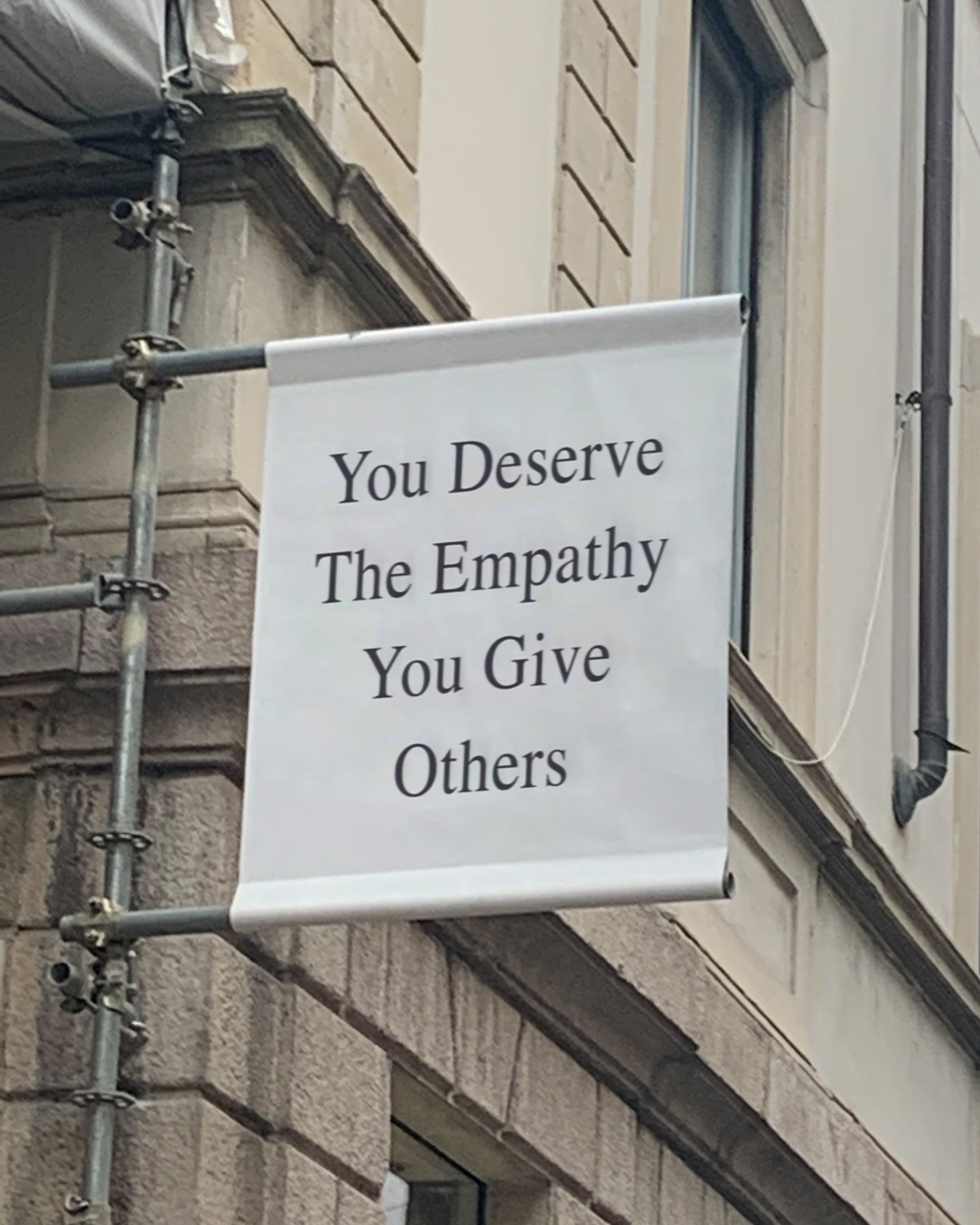Embodiment: Coming Home to Ourselves
“We do not think ourselves into new ways of living, we live ourselves into new ways of thinking.”
Hi, Amy here. Today we’re exploring the concept of embodiment and why it’s so important in our healing work. The above quote is from Dr. Hillary Mcbride, a renowned therapist, researcher, speaker, and feminist writer. Dr. Mcbride is the author of The Wisdom of Your Body: Finding Healing, Wholeness, and Connection through Embodied Living. So let’s get into talking about embodiment and why it’s so integral to healing.
What actually is embodiment?
When I first learned about embodiment, I was, admittedly, a little confused. In the Western world, we’re raised to spend a lot of time in our heads, but not so much in our bodies. Can you relate?
When we come into the world, we’re certainly in our bodies. Babies are so in touch with their bodily needs and they’ll be sure to communicate when they need something (in a slightly less directive way.) But as we mature, we get further and further away from listening to the calls of our physical body. We might be told “Mind over Matter” or “Just walk it off” in response to an injury. We might work through lunch, ignoring the grumblings of our stomach in the face of an approaching deadline, or realize after a busy day that we haven’t had a sip of water. We’re so used to spending time separate from our physical body, that it takes intentional practice to come back to ourselves.
There is no unified definition of embodiment and we often hear it when people are talking about a concept being lived out. In this context, we’re going to lean on Dr. Mcbride and Dr. Arielle Schwartz (an expert in the field of EMDR and Somatic Psychology) for our definitions. Dr. Mcbride defines embodiment broadly as “the experience of being a body in a social context.” Dr. Schwartz defines embodiment as “Embodiment is cultivated through reflective awareness of sensations in the present moment. Embodiment is an integration of three sensory feedback systems—exteroception, proprioception, and interoception.” Let’s break down these three elements:
Exteroception refers to the sensory experience of the external environment facilitated by sensory neurons that travel from the periphery of the body (eyes, ears, nose, tongue, skin) to the brain. This can include sights, sounds, smells, tastes, and sensations of touch such as the feeling of clothing touching the skin (Schwartz, 2018).
Proprioception refers to the sensory feedback about the position of the body as related to gravity. This awareness includes knowing if you are sitting upright, leaning to the side, or maintaining balance while standing or walking. Proprioception is facilitated by neurons that bring sensory information from the joints of the body and inner ear to the brain (Schwartz, 2018).
Interoception involves the sensory experience of the internal body. This can include a sense of hunger, thirst, sleepiness, alertness, body temperature, tension, pain, or restlessness. Interoception provides feedback about the inner emotional experience facilitated by sensory neurons that bring information from muscles, organs, and connective tissue to the brain (Schwartz, 2018).
The combination of these three systems creates what we call a felt sense of self. This felt sense becomes an integral part of noticing our emotions in our bodies and cultivating a process for feeling our experiences, rather than suppressing or ignoring them.
Dr. Mcrbide reminds us that embodiment practices are not new. Rather, they are an integral element of an array of oppressed cultures:
In our desire to know wholness again and remedy the poverty within our context, we have looked to other cultures and traditions, typically those of people of color, for their sidom, embodiment practices, and insights (for example, yoga, Tai Chai, martial arts, and breathwork). We must speak about embodiment while acknowledging that these are not new conversations or practices; otherwise, we rehearse the systemic wounds that divided us from our selves and each other (McBride, 2021, p. 12)
when it comes to healing, Why is it so important?
According to Bessel Van der Kolk, a world-renowned psychiatrist and trauma researcher, in order to process our trauma, we have to work with the limbic system or the emotional brain. Neuroscientist Joseph Le Doux & his team have found that we can consciously access the emotional brain (think amygdala!) through the medial prefrontal cortex which happens to be the part of the brain in charge of self-awareness. Through self-awareness i.e interoception we can get in touch with our internal experience and begin to process, and even befriend, what’s going on within us. Interestingly, the rational part of our brain (thinking, planning, organizing) has no direct connections with the emotional brain, where most imprints of our traumatic experiences reside (Van der Kolk, 2014).
The Somatic Approach
A somatic approach allows us to turn our attention to the body and the wisdom that it holds. Somatic Psychotherapy is a big category so we definitely can’t cover all the concepts here, but I wanted to provide an introduction to what it might look like to integrate the body into our healing work.
RELATIONSHIP BUILDING & PSYCHOEDUCATION
Like all therapy, Somatic Therapy begins with cultivating a trusting relationship. Only within the safety of this relationship, do we find the capacity to move towards embodying our difficult emotions. We’ll also learn about the nervous system and the physiological mechanisms that make up our emotional experiences. This is where we might explore feeling ‘stuck’ or constantly cycling through fight-flight-freeze, or shutdown states.
DEVELOPING SOMATIC AWARENESS
Again, most of us didn’t grow up in an environment that encouraged embodiment. On the contrary, we may have been taught to leave our bodies behind Iie "You’re not tired. You’re not hungry. Please stop.” Developing somatic awareness is a little like learning a new language. This might look like exploring our sensations, identifying areas of openness and tension, and beginning to articulate our felt sense. Our felt sense is not a mental experience, but a physical one. It’s a bodily awareness of what’s happening around us or within us. In somatic therapy, felt sense is a key ingredient in the healing process.
CULTIVATING SAFETY (RESOURCING)
Before we can move towards difficult emotions, we need to develop a sense of safety and stability. Resources can range from thinking of significant, protective figures in your life to creating a “safe space” (real or imaginary) that you can return to for a sense of peace.
EMBODYING FELT SENSE
Once we’ve created enough safety for the body, we can soften and move towards the embodiment of our distressing emotions. This is the part of somatic work that is centered in true feeling. It’s essentially a body-based mindfulness practice to stay present with and process our emotions. It’s important to note that the ‘feeling’ element of somatic work is done in small doses, also known as titration, so that we don’t overwhelm the system. This is where we bring in resourcing to move us into feelings of safety when the discomfort feels like too much.
〰️ Stay gentle out there 〰️
References
Schwartz, A. (2018, September 9). Embodiment in somatic psychology: Dr. Arielle Schwartz. Arielle Schwartz, PhD.
McBride, H. L. (2021). The wisdom of your body: Finding healing, wholeness, and connection through embodied living. Collins.
Van der Kolk, Bessel A. "The body keeps the score : brain, mind, and body in the healing of trauma." New York, New York : Viking, 2014.
__________________________________
Pin This Post!
Related Posts
If this post was helpful, you might also like these…









